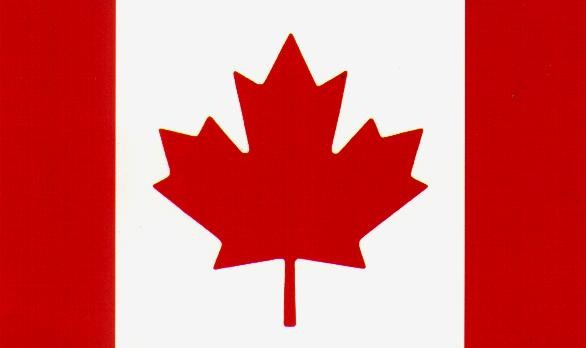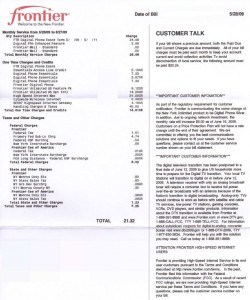 For the first time, an entire first world nation is threatened with being dumped into a broadband backwater by abusive practices from commercial Internet providers across Canada.
For the first time, an entire first world nation is threatened with being dumped into a broadband backwater by abusive practices from commercial Internet providers across Canada.
Usage caps with draconian limits, expensive overlimit fees, slow speeds, traffic “shaping” and overpriced monthly subscription fees have caused Canadian broadband to deteriorate rapidly in world rankings. As measured by price per megabyte — how much one pays for speed — Canada ranks 28th out of 30 countries that make up the Organization for Economic Co-operation and Development (OECD), ahead of only Mexico and Poland.
Canada’s disastrous decline from one of the world’s leaders in broadband service to today’s bottom of the barrel status in certain categories can be blamed on one thing: the nation’s commercial Internet providers. The OECD report gives declining marks nearly across the board for Canada’s broadband marketplace.
“This reflects poorly on Canada’s advancement in the information economy,” said University of Ottawa internet law professor Michael Geist. “Canada remains woefully uncompetitive … We’re getting a poor deal.”
In fact, competition in Canada continues to decline, with dominant providers typically limited to the local telephone company and cable operator, who are engaged in a competition to leverage higher profits from broadband at the expense of network investment and increased penetration. Canadians now pay more for less than most industrialized nations because operators have increased rates while imposing miserly usage caps, bandwidth throttling, and stopped the competitive speed and price wars that were a hallmark of broadband competition in Canada 5-10 years ago.
Most Canadians now face a monthly broadband bill averaging $45.65 U.S. per month before taxes/fees. That’s more than $15 higher than the average fee paid by Americans. Canadians also belong to the dubious club of just four nations where virtually all providers impose paltry usage caps averaging 60GB per month (Belgium, Australia and New Zealand are the others).
Canadians are still enthusiastic about obtaining broadband access — they’re just angry with the limited choices they have, the lack of solid penetration in many rural areas, and the despised usage caps.
Providers claim they are investing in improving service, but independent observers disagree. Canada holds the distinction of being one of the few industrialized nations with almost no fiber deployment to residential homes. When providers cap, throttle, and tier, they artificially control the traffic growth on their networks, taking pressure off the need to keep up with demand, despite high profits.
In the past year, many of these providers also began imposing draconian caps and limits on their wholesale accounts, forcing independent ISP’s to increase rates and impose usage caps at levels that make many independent providers uncompetitive.
The OECD report specifically calls out usage capped broadband, warning it may begin to negatively impact the Canadian economy and the nation’s competitiveness.
“This may become an economic disadvantage in countries with relatively low bit caps, particularly as more high-bandwidth applications appear,” the report said.
Many Canadians have been jealous about the expansion of online video and other applications south of the border, but presently denied to them. The Canadian Broadcasting Corporation warns they may have to wait forever, because usage caps may have permanently eliminated the prospects of online video on a mass scale throughout the country.
… Continue Reading
 Stop the Cap! will shortly launch a new Terms of Service Tracker for the nation’s largest Internet Service Providers. Born from an idea from the Electronic Freedom Foundation, our new tracker will check several provider websites every day looking for any changes to the content of Subscriber Agreements, Terms & Conditions, and any other legal notices that could impact your broadband Internet service.
Stop the Cap! will shortly launch a new Terms of Service Tracker for the nation’s largest Internet Service Providers. Born from an idea from the Electronic Freedom Foundation, our new tracker will check several provider websites every day looking for any changes to the content of Subscriber Agreements, Terms & Conditions, and any other legal notices that could impact your broadband Internet service.

 Subscribe
Subscribe


